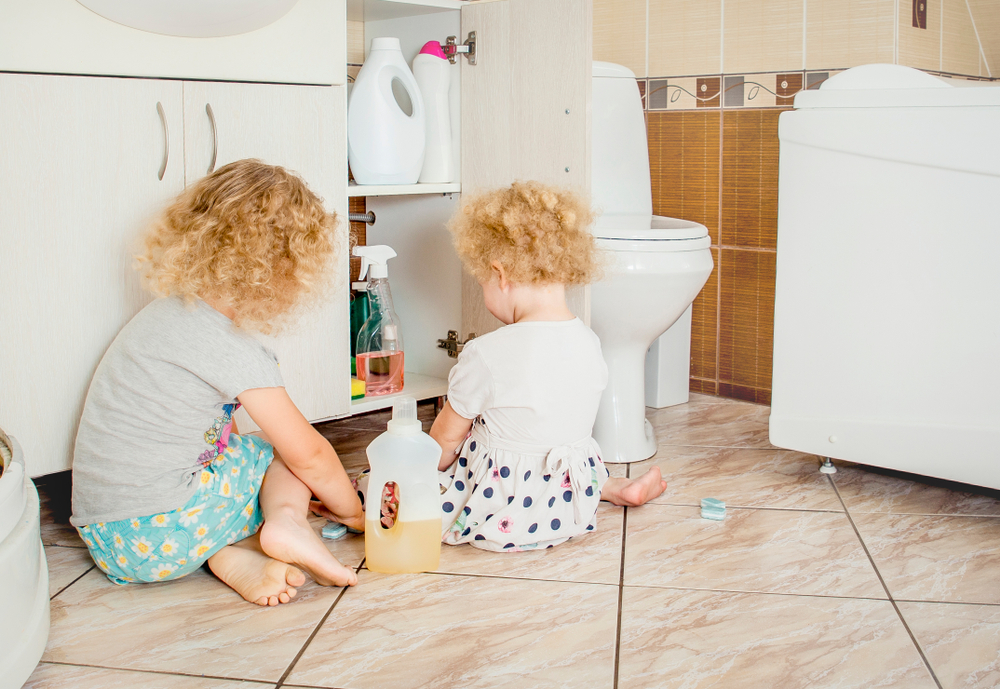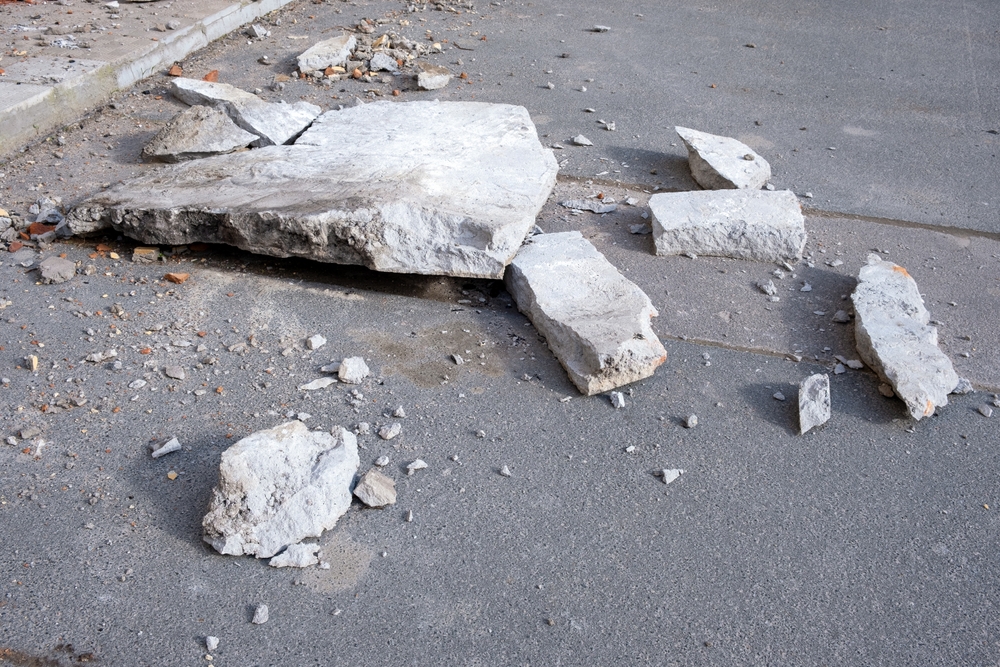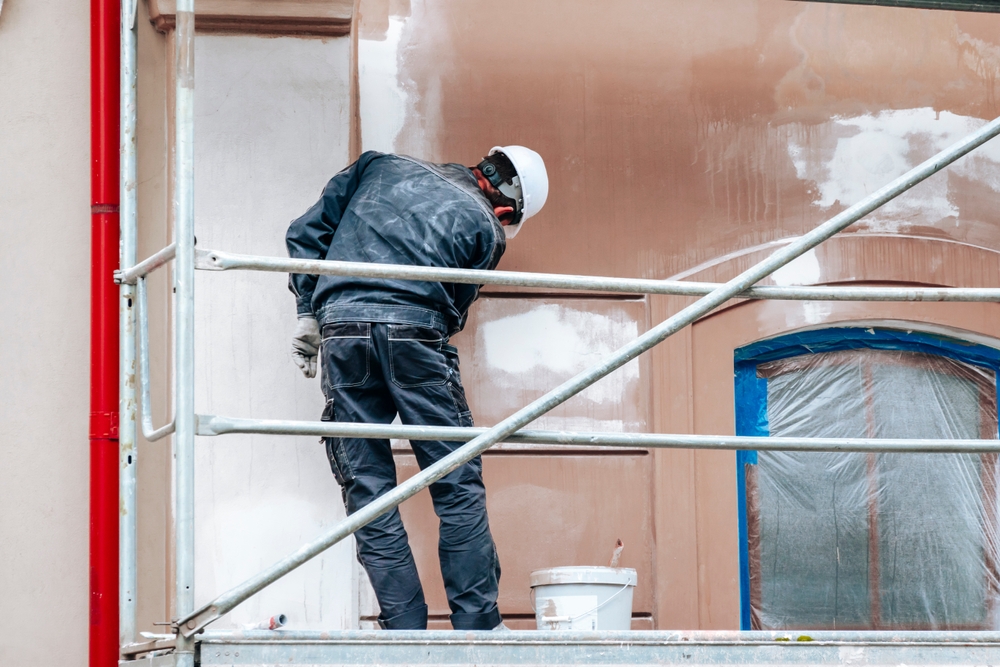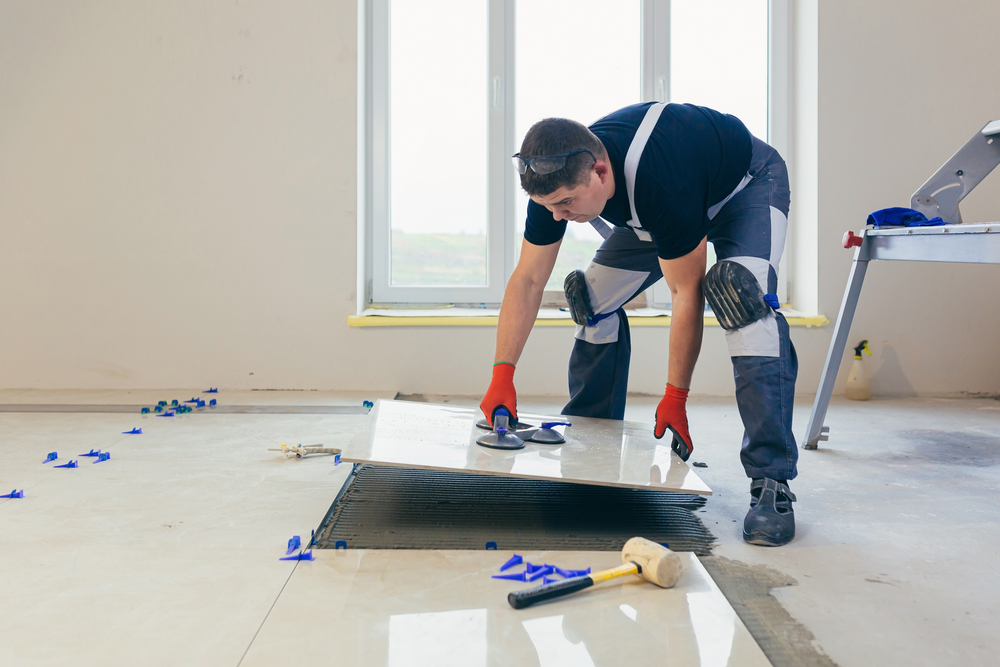April 26, 2024 - Benjamin Ehinger
Is My House Making Me Sick? Understanding Environmental Illnesses
CALL NOW 844-762-8449
Many people spend a significant amount of their lives inside their homes without considering how the environment could be affecting their health. If you’ve been experiencing persistent health issues without a clear cause, it might be time to question whether your house is contributing to these ailments. Factors ranging from indoor air quality to hidden mold can turn a seemingly safe abode into a source of health problems.
Familiarizing yourself with the common hazards lurking in your living space is a crucial step toward safeguarding your well-being. Substances like asbestos and lead, often found in older homes, can lead to serious health complications. Periodic appliance maintenance and good ventilation practices play essential roles in improving the air you breathe indoors. By identifying these risks and taking proactive measures, you can create a healthier home environment.
 Your home should be a place of comfort, but certain environmental factors within it can negatively impact your health. Understanding how your home environment affects your well-being is crucial, especially if you experience persistent symptoms without an apparent cause.
Your home should be a place of comfort, but certain environmental factors within it can negatively impact your health. Understanding how your home environment affects your well-being is crucial, especially if you experience persistent symptoms without an apparent cause.
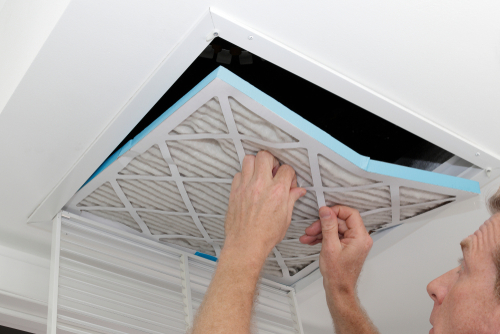 Creating a healthier home environment requires attention to cleanliness, air quality, maintenance, and personal lifestyle choices. Implementing strategies to address each of these areas can significantly reduce potential health risks.
Creating a healthier home environment requires attention to cleanliness, air quality, maintenance, and personal lifestyle choices. Implementing strategies to address each of these areas can significantly reduce potential health risks.
Key Takeaways
- Your home’s environment may affect your health, with indoor air quality playing a significant role.
- Awareness of common household hazards is vital for maintaining a safe living space.
- Proactive home maintenance and improving ventilation can mitigate health risks.
Identifying Common Household Hazards
Your home should be a safe haven, but hidden dangers can compromise its safety. Recognizing these hazards is the first step to creating a healthier living environment.Mold and Moisture Issues
Moisture problems in your home can lead to mold growth, which is a concern for your health. Mold thrives in damp conditions, which can stem from water damage, leaks, or high humidity. Tackling leaks promptly and maintaining indoor humidity levels between 30%-50% can help prevent mold. If you notice condensation on windows or musty odors, these are signs that your home may have a moisture problem.Chemical Contaminants and VOCs
Volatile Organic Compounds (VOCs) are emitted as gases from certain solids or liquids, including paints, cleaning products, and other common household items. Exposure can lead to nausea and irritation of the eyes, nose, and throat. Reducing the use of products with formaldehyde, ammonia, fragrances, and chemicals can improve your indoor air quality.Structural and Maintenance Concerns
Your home’s physical structure—from the plumbing to the walls—may harbor risks such as asbestos or radon if not properly maintained. Regular inspections can detect issues like pest problems, cracks, or holes that not only compromise your home’s integrity but can also affect your health. Ensure that any identified problems are addressed swiftly.Indoor Air Systems and Filtration
An efficient HVAC system with clean air ducts and good ventilation is essential for maintaining good indoor air quality. Dirty air filters or malfunctioning air conditioning units can circulate allergens like dust, pollen, and pet dander. Replacing filters regularly and ensuring your HVAC system is serviced can help reduce allergy symptoms.Household Items and Materials
Many everyday items, from your couch to your carpeting, can release allergens and toxins into the air. Opt for furniture and building materials that have low or no VOC emissions. Select paints, appliances, and other materials with care to minimize exposure to potential toxins.Environmental Toxins and Pollutants
External sources, such as smoke or carbon monoxide, can also affect the air inside your home. Be vigilant about sources of pollutants, and consider installing a dehumidifier to combat dampness and a carbon monoxide detector for early detection of this invisible hazard. Regularly clean bedding, curtains, and other fabrics to keep dust mites at bay. Making your home safe involves addressing these potential hazards methodically and conscientiously.Health Symptoms Linked to Home Environment
 Your home should be a place of comfort, but certain environmental factors within it can negatively impact your health. Understanding how your home environment affects your well-being is crucial, especially if you experience persistent symptoms without an apparent cause.
Your home should be a place of comfort, but certain environmental factors within it can negatively impact your health. Understanding how your home environment affects your well-being is crucial, especially if you experience persistent symptoms without an apparent cause.
Respiratory and Skin Reactions
Respiratory issues often signal that your home environment may be contributing to your health problems. Symptoms such as sneezing, runny nose, and difficulty breathing can suggest reactions to indoor allergens or irritants. Asthma attacks or persistent coughing may also be triggered or worsened by indoor environmental factors. For example, if symptoms like congestion and sneezing lessen when you leave your home, your symptoms may be linked to allergens within your living space, a condition outlined in detail by Sick House Syndrome. In addition to respiratory symptoms, skin rashes or itchiness can be a sign of reaction to substances in your home. Your immune system may respond to various indoor allergens or irritants, causing skin reactions. Such reactions might manifest when in contact with certain materials or in response to the presence of mold and mildew.Physical and Cognitive Symptoms
Your home environment can also influence less obvious physical and cognitive symptoms. Recurring headaches, dizziness, and nausea are potential indicators of poor indoor air quality or other problematic conditions within a home, covered under the concept of Sick Building Syndrome. Additionally, feeling persistently fatigued or weak, even after a good night’s sleep, could be related to factors in your home. Mental clarity and emotional state can also be affected. If you experience a noticeable decrease in cognitive performance or an increase in stress levels while at home, it could be connected to the overall quality of your indoor environment. This could be from subtle chronic exposure to contaminants or due to living in a space that does not meet your psychological needs for comfort and security.Improving Home Health
 Creating a healthier home environment requires attention to cleanliness, air quality, maintenance, and personal lifestyle choices. Implementing strategies to address each of these areas can significantly reduce potential health risks.
Creating a healthier home environment requires attention to cleanliness, air quality, maintenance, and personal lifestyle choices. Implementing strategies to address each of these areas can significantly reduce potential health risks.
Cleaning and Decluttering
Your home should be a refuge from the barrage of daily pollutants. Start by decluttering to reduce dust collectors, then clean surfaces regularly with soap and water to minimize germ build-up. Use a vacuum with a HEPA filter to capture finer particles from your furniture and floors. Clean your refrigerator routinely to prevent mold and bacteria growth.- Weekly Cleaning Checklist:
- Floors: Vacuum and mop.
- Surfaces: Wipe down with soap and water.
- Clutter: Store or donate unused items.
- Bedding: Wash with hot water.
Air Quality Control
Improving the air inside your home is crucial. Ensure adequate ventilation especially in high-moisture areas like the kitchen and bathroom. A dehumidifier can help maintain optimal humidity levels, and air filters in your HVAC system need regular replacements. Consider indoor plants that can naturally purify the air.- Air Quality Tips:
- Ventilate: Open windows or use exhaust fans.
- Dehumidify: Aim for 30-50% humidity.
- Purify: Use air purifiers with HEPA filters.
Home Maintenance and Renovation
Regular inspections can prevent hazards from minor issues escalating. Check your plumbing for leaks, ensure your HVAC system is serviced annually, and install a carbon monoxide detector to alert you of invisible risks. Use environmental protection agency recommended paint that has lower volatile organic compounds for home renovations.- Maintenance Tasks:
- Leaks: Inspect and repair immediately.
- HVAC: Schedule yearly professional checks.
- Detectors: Install and test for both smoke and carbon monoxide.
Lifestyle and Habits
Your daily habits have a profound impact on your home’s health. Adopting a no-shoes policy inside can reduce contaminants. Prioritize washing your hands with soap, and cleaning items like shoes that track in dirt and pests. Proper lighting is also important to maintain circadian rhythms and overall well-being.- Healthy Habits:
- Shoes: Leave at the door.
- Hands: Wash frequently.
- Sleep: Use natural light during the day and limit artificial light before bed.
Frequently Asked Questions
In this section, you’ll find targeted answers to common queries regarding how your living environment may impact your health.How can I determine if my house has issues affecting my health?
To ascertain if your residence may be compromising your health, you should monitor for symptoms that intensify at home, such as headaches, fatigue, or respiratory issues. Professional assessments, including air quality and mold testing, can also reveal hidden problems.What kind of tests can identify sickness caused by my home environment?
Several tests can determine if your home environment is making you sick, such as measuring indoor air pollutants, checking for mold, or testing for radon and asbestos. These ought to be conducted by qualified professionals.What are common signs that indicate my home may be toxic?
Key indicators that your home may be toxic include persistent unpleasant odors, visible mold, exacerbated allergies or asthma symptoms indoors, and chronic respiratory or neurological symptoms.How can I remedy the situation if my house is causing health problems?
If your house is causing health issues, first identify the source. It could be mold, poor air quality, or toxins like asbestos. Remediation might involve deep cleaning, improving ventilation, using dehumidifiers, or hiring professionals to remove hazardous materials like asbestos.Could there be a correlation between feeling ill and my time spent at home?
Yes, if you consistently feel unwell at home but better elsewhere, this could suggest that something in your house is affecting your health. Investigations into environmental factors, such as air quality and humidity levels, should be considered.What measures can I take to prevent my home from making me ill?
Maintaining a clean home environment is crucial. This includes regular cleaning of appliances and areas where microbes thrive, ensuring adequate ventilation, and minimizing clutter to reduce dust and allergens. Additionally, investing in air purifiers and regular maintenance of HVAC systems can improve indoor air quality.RECENT BLOGS
Our Reviews
Glenda Lanier Prowell
1721758635
I have ordered an 11 yard dumpster to be delivered to my house.Lonier was extremely helpful and answered all my questions. The rate was very reasonable.
Cedric Smikle
1721660395
Amber was extremely professional and courteous. She answered all of my questions and even some that I didn’t know I needed to ask.
Cait Kaider
1721243051
I highly recommend Waste Removal USA for their responsiveness and how the staff work hard to provide exceptional customer service. They have done well by us and our clients. Thank you!
Easom Family
1721223306
Louiner Pierre-Louis Is awesome! Did a great job. Will definitely be using this same company for all my dumpster needs because of his awesome customer service! Thank you!!!
tabitha Vazquez
1720539988
Wonderful and fast customer service!
LATEST BLOGS

